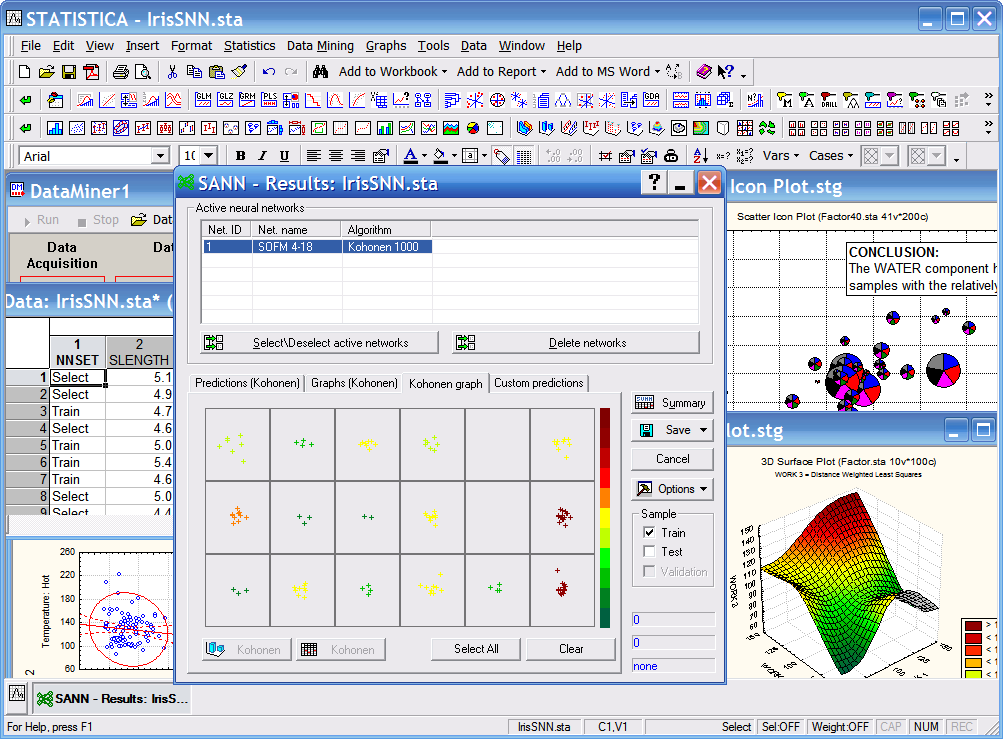
Statistica 10 Rus Torrent
Free updates; available with an English, Chinese (simplified and traditional), French, German, Italian, Japanese, Korean, Polish, Portuguese (Brazilian), Russian.
Information about the torrent Microsoft Flight Simulator X 2012 [FULL PC Game] with Crack. Seeders, leechers and torrent status is updated several times per day. If you want to download the torrent Microsoft Flight Simulator X 2012 [FULL PC Game] with Crack you will need a torrent client. Torrent Metasearch. Microsoft flight simulator x update download. Microsoft Flight Simulator X Deluxe FULL Crack Free DOWNLOAD – blogspot.com It also includes 18 planes, 28 detailed cities, and over 24,000 airports with a deluxe version featuring 24 aircraft, and 38 cities. Torrent Contents. Microsoft Flight Simulator X- Deluxe Edition - Crack - 2012.rar 4,098 KB; Please note that this page does not hosts or makes available any of the listed filenames. Microsoft Flight 2012 Full Game SKIDROW [torrent] ”Microsoft Flight ” is a flight simulator set to launch twenty-eight years after the debut of ”Microsoft Flight Simulator 1.0. ” Release: Feb 29, 2012 (US).
Pre-eclampsia (PE) is a complication of pregnancy that affects 5‑8% of women after 20 weeks of gestation. It is usually diagnosed based on the de novo onset of hypertension and proteinuria. Preexisting hypertension in women developing PE, also known as superimposed PE on chronic hypertension (SPE), leads to elevated risk of maternal and fetal mortality. PE is associated with an altered microRNA (miRNA) expression pattern in the placenta, suggesting that miRNA deregulation is involved in the pathogenesis of PE. Whether and how the miRNA expression pattern is changed in the SPE placenta remains unclear.
The present study analyzed the placental miRNA expression profile in pregnancies complicated by SPE. MiRNA expression profiles in SPE and normal placentas were investigated using an Ion Torrent sequencing system. Sequencing data were processed using a comprehensive analysis pipeline for deep miRNA sequencing (CAP‑miRSeq).
A total of 22 miRNAs were identified to be deregulated in placentas from patients with SPE. They included 16 miRNAs previously known to be associated with PE and 6 novel miRNAs. Among the 6 novel miRNAs, 4 were upregulated (miR‑518a, miR‑527, miR‑518e and miR‑4532) and 2 downregulated (miR‑98 and miR‑135b) in SPE placentas compared with controls. The present results suggest that SPE is associated with specific alterations in the placental miRNA expression pattern, which differ from alterations detected in PE placentas, and therefore, provide novel targets for further investigation of the molecular mechanisms underlying SPE pathogenesis.
Introduction Pre-eclampsia (PE) is a complication of pregnancy characterized by the onset of hypertension and proteinuria after 20 weeks of gestation. It affects 5–8% of pregnant women and is one of the predominant causes of maternal and neonatal mortality and morbidity worldwide (,). Women with chronic hypertension are 3–5 times more likely to develop PE than those with normal blood pressure (). Superimposed PE on chronic hypertension (SPE) is associated with poor pregnancy out comes (,). Despite the fact that the origin and pathogenesis of both PE and SPE have been extensively investigated (,,–), they remain unclear to date. Recent studies have reported the implication of microRNAs (miRNAs) in the development of PE (,). MiRNAs are a class of 21–25-nucleotide noncoding single-stranded small RNAs.
MiRNAs negatively regulate gene expression by binding to the 3′-untranslated region of the target mRNAs and thus may possess important control functions in diverse biological processes (,,). Aberrant expression of certain miRNAs has been identified in the placentas and blood from women with PE, suggesting that miRNA deregulation is involved in PE pathogenesis (,). Chang et al () reported that the top-ranked placental mRNA transcripts differed between patients with PE and those with SPE, suggesting that the pathogeneses of these two diseases are driven by different molecular mechanisms, which may include variations in the miRNA regulation network.
Whether and how the miRNA expression pattern is changed in the placentas of patients with SPE is yet to be elucidated. In addition, the severity and frequent occurrence of SPE substantiates the requirement of the identification of candidate molecules which may provide novel insights into SPE pathogenesis.
In the present study, next generation sequencing (NGS) was performed and the placental miRNA expression profiles were compared between pregnancies of patients with SPE and normal pregnancies. Materials and methods Study groups and tissue samples The study was performed on placenta samples collected from two groups of patients: Patients with SPE (n=5) and patients with normal pregnancies (control group; n=6). The mean age in the whole cohort was 31.9 ± 1.4 years. The mean age was 35.0±2.4 years in the SPE group and 29.3±0.6 years in the control group. The inclusion criterion for patients with SPE was the onset of proteinuria (≥300 mg of protein in a 24-h specimen) following the 20th week of gestation in women with documented chronic hypertension and no proteinuria prior to the 20th week of gestation, which was set by the National High Blood Pressure Education Program Working Group on High Blood Pressure in Pregnancy (). The patients in the control group had normal pregnancies. Patients with chronic hypertension, cardiovascular disease, renal disease, hepatitis, diabetes, intrapartum infection or other pregnancy complications were excluded from the study.